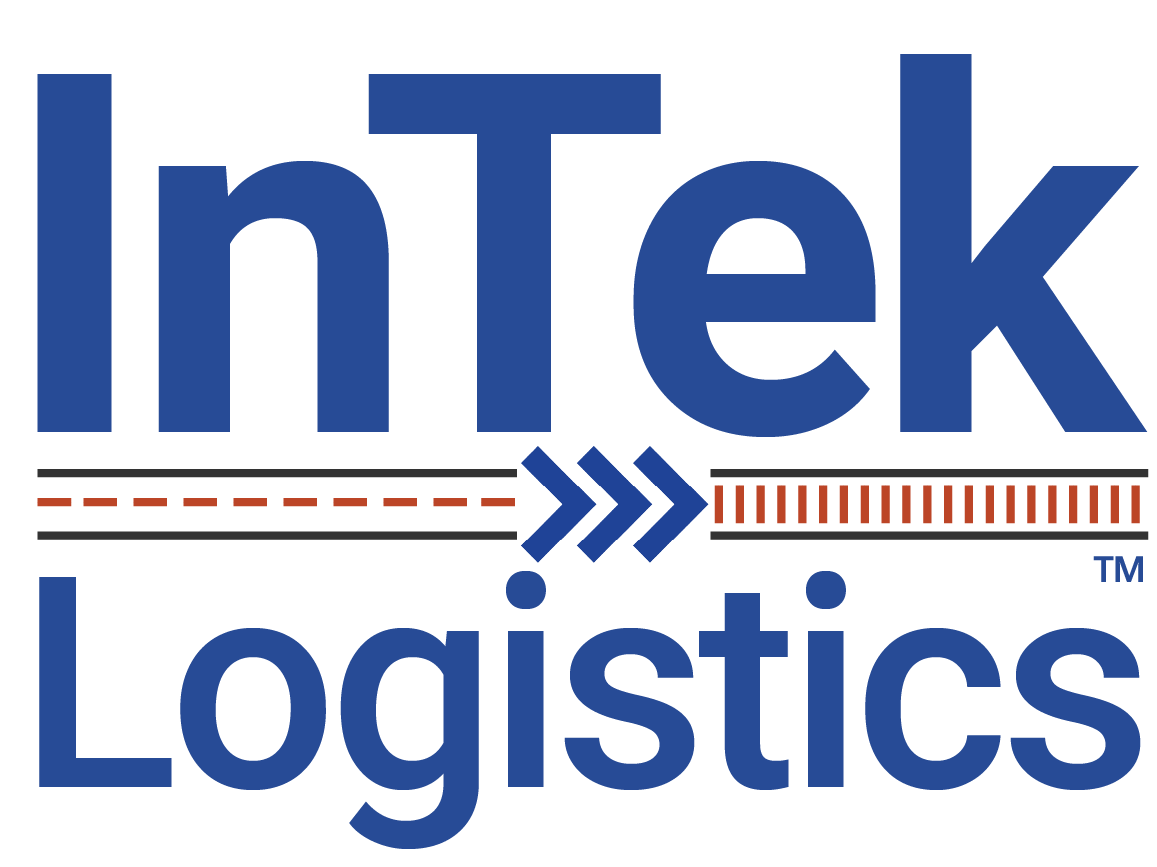
Efficient freight movement is critical in today’s complex supply chains, especially when it comes to intermodal transportation and while rail and long-haul trucking often get the spotlight the most one crucial element quietly ensures the entire system functions smoothly: drayage service.
This first and last-mile solution connects ports, rail terminals, and distribution centers, playing a pivotal role in optimizing freight flow. And while the railroad long haul segment of an intermodal shipment is most often blamed for intermodal service failures, the reality is that drayage is at fault 95% of the time for intermodal service failures.
So, despite its importance, drayage is often overlooked or misunderstood. Yet, without reliable drayage operations, delays, higher costs, and supply chain disruptions can quickly spiral out of control. In this blog, we’ll explore how drayage services enhance intermodal logistics, reduce costs, improve efficiency, and support the seamless movement of goods across North America.
What Are Drayage Services?
Drayage services (also known as intermodal trucking) refer to the short-distance transportation of goods, typically involving the movement of containers between ports, rail terminals, warehouses, and distribution centers. Though often considered a small part of the supply chain, drayage has a significant role. Without it, the smooth transition of goods between intermodal transportation legs would be impossible.
While the majority of the times, shippers will find drayage as part of their door-to-door intermodal shipments, companies will also find the following range of stand-alone drayage services to support their logistics operations.
Port Drayage
Transporting containers between ports and nearby destinations, such as distribution centers or warehouses.
Rail Drayage
Handling container moves between rail terminals and their final delivery points.
Expedited Drayage
For time-sensitive shipments, expedited drayage ensures swift and reliable delivery to meet tight deadlines.
Cross-Docking Drayage
Combining drayage with cross-docking services to streamline operations and reduce storage costs.
Custom Drayage Solutions
Tailored services based on specific shipment needs, such as HAZMAT transportation, refrigerated goods or oversized freight.
How Drayage Is Priced
Understanding how drayage is priced can help shippers manage costs more effectively.
Factors That Affect Drayage Costs
Distance: The distance between the origin and destination is one of the primary cost drivers, with shorter hauls typically costing less.
Fuel Costs: Fluctuating diesel prices which are posted weekly by the EIA (US Energy Information Administration) significantly impact drayage rates.
Chassis Requirements: Origin, destination, container ownership, and where the container needs to be terminated will drive cost structure of the drayage freight move.
Port or Rail Terminal Fees: Access fees for specific facilities can vary and add to the overall cost.
Accessorial Charges: These include fees for chassis rental, detention, demurrage, and extended wait times.
Service Level: Expedited or specialized drayage services, such as temperature-controlled moves, may incur premium rates.
Dynamic Pricing: Market conditions like peak season demand, congestion, or driver shortages can drive rates higher.
Tips for Getting the Best Drayage Pricing
Plan Ahead: Secure drayage capacity early to lock in favorable rates and avoid peak season surcharges.
Provide Accurate Information: Share complete shipment details, such as container weight, dimensions, and destination, to ensure accurate pricing and avoid unexpected charges.
Consolidate Shipments: Combining multiple shipments into fewer truck moves maximizes efficiency and reduces per-container costs.
Choose a Reliable Provider: Partner with experienced providers, who have established relationships with ports, railroads, and drayage carriers.
Negotiate Accessorial Charges: Proactively address potential fees like chassis rental, detention, and demurrage to minimize additional costs.
Ensuring Drayage Capacity with InTek
In tight markets, securing drayage capacity can be challenging. Here’s how InTek helps shippers stay ahead:
Cultivating Strong Relationships: Our extensive network of drayage carriers ensures reliable service, even during high-demand periods.
Working with Providers Offering Guaranteed Capacity: InTek provides solutions tailored to peak season and high-demand markets to ensure your shipments are covered.
Adopting Flexible Scheduling: Utilizing off-peak hours for container pickups reduces delays and improves capacity access.
Diversifying Drayage Options: We offer a mix of private fleets, owner-operators, and brokered capacity to meet your needs.
Leverage Market-Driven Pricing: Market-driven pricing programs prioritize capacity during tight markets, offering flexibility and competitive rates.
Technology’s Role in Modern Drayage
Drayage has evolved significantly thanks to advancements in technology. Cutting-edge tools to optimize drayage operations and improve supply chain performance include:
Real-Time Tracking and Visibility: Technology that provides end-to-end shipment visibility, allowing shippers to monitor container movements and anticipate potential delays.
Automated Scheduling and Load Optimization: By using automated tools, shipment routes are optimized to maximize truck utilization, and reduce idle time, ensuring efficiency and cost savings.
Data Analytics: Analytics play a vital role in identifying trends, improving route planning, and minimizing operational bottlenecks, helping shippers make data-driven decisions to streamline their logistics.
Challenges and Solutions in Drayage
Port Delays and Congestion
Ports are often hotspots for delays due to congestion, high volumes, or limited labor availability. These delays can disrupt supply chains and escalate costs.
Strategies to Mitigate Delays:-
- Using off-peak hours for container pickups.
- Leveraging appointment systems to manage flow and minimize wait times.
Chassis Availability
The availability of chassis can impact drayage efficiency, particularly during peak seasons.
- Solutions:
- Utilizing chassis pooling agreements to ensure availability.
- Optimizing chassis utilization by coordinating with railroads and port operators to prevent shortages and reduce downtime.
How Drayage Fits into Supply Chain Strategies
Drayage is a vital link in the supply chain, particularly for businesses operating on tight timelines or lean inventory models:
Just-In-Time (JIT) and Lean Inventory Systems: Drayage ensures that goods arrive at their next destination precisely when needed, minimizing storage costs and maximizing operational efficiency.
Integration with Other Services: Drayage seamlessly connects intermodal operations with warehousing, cross-docking, and final-mile delivery.
Cost Implications: Efficient drayage reduces delays and accessorial fees, while inefficiencies can drive up costs and disrupt supply chain flow.
Industry Trends and Innovations in Drayage
The drayage industry continues to evolve, driven by emerging trends and technological innovations:
E-Commerce Growth: The rise of e-commerce has increased demand for fast and flexible drayage solutions to support high-velocity supply chains.
Digital Platforms: Marketplaces and platforms connecting shippers with drayage providers have streamlined operations and improved pricing transparency.
Autonomous Drayage Vehicles: Advancements in autonomous technology are paving the way for self-driving drayage trucks, which could reduce costs and increase efficiency in the future.
Drayage Transportation Solutions
Drayage is more than just a short-distance move—it’s the critical link that keeps the supply chain moving. At InTek Intermodal Logistics, we excel at providing reliable, scalable, and efficient drayage services that meet your needs, whether as a standalone service or part of a comprehensive intermodal solution.
Our team is here to guide you through the benefits and help you make the best choice for your logistics needs. We'll work with you on flexible solutions that fit you best. For more information about InTek, or logistics and supply chain issues in general, check out our Freight Guides. And for more insights on intermodal logistics, subscribe to the Intermodal Logistics Podcast.
Get Updates
Featured Articles
Categories
- Freight & Shipping Costs (63)
- Freight Broker (69)
- Freight Forwarder (3)
- Intermodal Transportation (216)
- International & Cross Border Logistics (44)
- Logistics & Supply Chain (484)
- Logistics Service Provider (82)
- LTL (39)
- Managed TMS (50)
- News (54)
- Supply Chain Sustainability (12)
- Transportation Management System (38)
- Truckload (124)
- Warehousing & Distribution (59)



